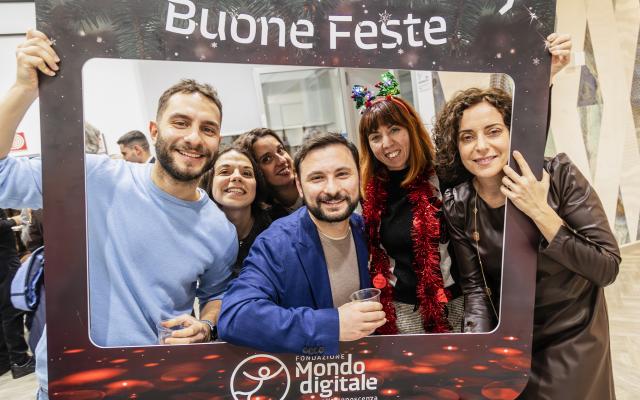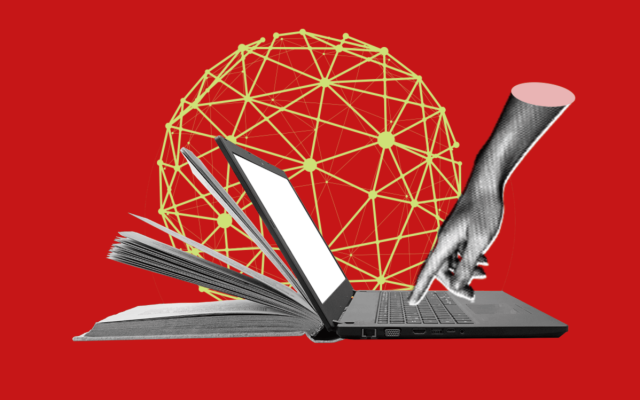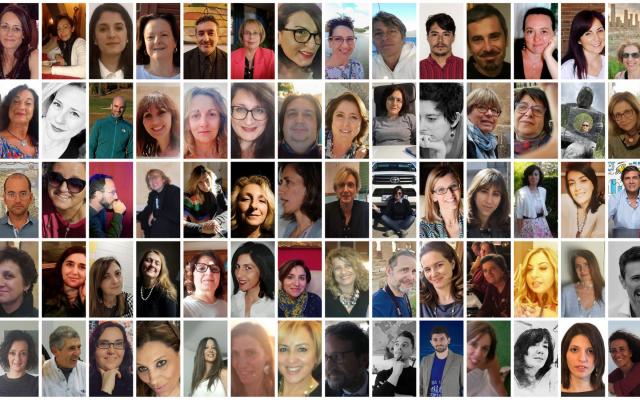“Our School” Professors: Valeria Bonatti presents three didactic experiences.
This is the seventh instalment of our series of interviews with “Our School” Professors. Today, we interview Valeria Bonatti, catholic religion teacher for primary school and author, together with colleagues Marisa Napoli, Valentina Zambelli, Gabriella Enotarpi, Letizia Luchetti and Veruska Tesconi, of the second and eighth units in the textbook on Integrated Digital Citizenship and Sustainability in Primary School (Erickson, 2023), respectively entitled “Treasure Hunt” and “C.R.E.A.”
The “Treasure Hunt” Lab concentrates on courses that amplify and reinforce traditional civic education curricula in primary school, with a particular focus on historical, cultural, artistic, and environmental heritage and a correct use of digital resources.
Project “C.R.E.A.” provides activities inspired by innovative pedagogic methodologies that allow children to enrich their cultural baggage and acquire awareness of their social and relational skills, as well as improving self-efficiency.
INTERVIEW
Can you summarize the activity you conducted and addressed in the book?
As far as I'm concerned, the activities illustrated in the three activities illustrated in the book focus primarily on aspects related to management and organization: planning an activity, selecting the most effective and inclusive teaching strategies, building local relationships and collaboration networks in the area, monitoring satisfaction and results.
In particular:
- Project “CREA” was designed in the wake of the pandemic emergency and aimed to rebuild trust and self-esteem by activating resources external to the school, with a view to sharing and collaboration, promoting a young professionalism that provides students with new skills through a highly appreciated service. Furthermore, for the younger students, who approached school in full lockdown, the experience of working in mixed groups and open classes was absolutely new and engaging;
- The most interesting element of the course is the approach mediated through Visual Thinking Strategies (VTS), a methodology created for museum-based education which develops a spirit of observation and triggers processes to grasp cause and effect phenomena. The desire to participate drove us to double the module based on ca. 20 hours of in-person activities, to allow all aspirants to participate;
- Project "Treasure Hunt" is part of the so-called geohistorical trend and promotes learning by contextualizing abstract content in the students’ real world. The aspect that I followed most closely concerns the "return" following the development of the project through conferences, seminars, presentations of the children's works, and their experiences. Although with different objectives and strategies, the "Gi-Oca with sustainable development" project also concluded with a series of events driving local experiences.
What was the added value of this initiative for your class? Have suggestions for additional activities or new needs emerged?
It was wonderful to see teachers stepping out of their comfort zones and experimenting change. It was a significant journey to accompany teachers and parents in changing their points of view and changing mine. It was a source of wonder to hear the children and young people ask permission to stay at school in the afternoon to complete the work they had started. It was satisfying to observe that even the youngest students were able to work independently. It was a thrill to see the students constructively discuss the best way to overcome an obstacle, in a creative and cooperative work, which is the true meaning of attending school.




